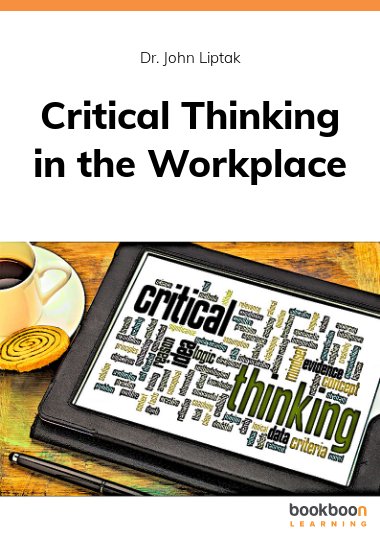Critical-thinking is now the most prized skill that employees can develop to make reliable decisions, innovate, and solve workplace problems. Developing critical thinking skills will help you become a valued member of your team at work. Critical thinking is a skill and not just an automatic thought process. However, most employees do not naturally think critically and often make decisions based on personal biases, self-interest, or unfounded emotions. The good news is that you can improve your thought process to be more intentional about thinking critically. This book is designed to help you develop strong critical-thinking skills.
About the author
John J. Liptak is an internationally-recognized author with thirty years of work experience providing counseling. He has authored over 100 workbooks with Ester Leutenberg, 31 career assessment instruments, and ten books. John earned an Ed.D. in Counselor Education from Virginia Tech. He lives in Radford, Virginia, in the United States and is president of the Center for Career Assessment, Inc. John has written two books for Bookboon.


